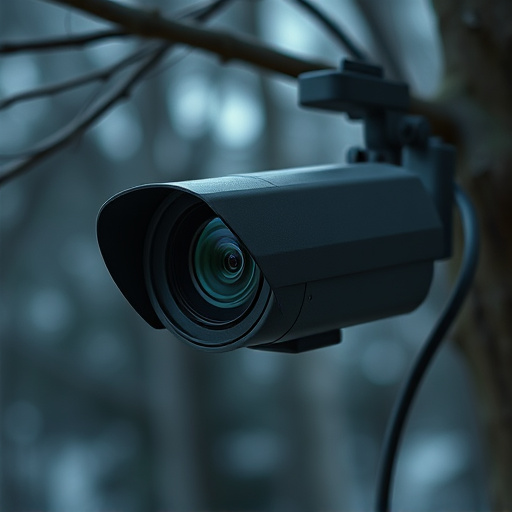Optical sensor technology is an effective and discreet solution for detecting small hidden cameras in nurseries, enhancing safety and privacy. These sensors analyze light patterns to identify covert recording devices, providing peace of mind for parents and caregivers. With advanced algorithms, professionals can strategically place sensors to monitor nursery environments without disrupting daily operations or the natural setting, ensuring a thorough and non-intrusive monitoring system.
Unveiling small hidden cameras in nurseries requires specialized knowledge and advanced detection methods. Optical sensors, with their capability to identify invisible threats, play a pivotal role in ensuring infant safety. This article delves into the intricacies of professional optical sensor detection sweeps tailored to nursery settings. We explore the technology behind these sensors, the unique challenges they face, and provide a comprehensive guide on implementing effective, non-intrusive detection techniques for small hidden cameras in nurseries.
- Understanding Optical Sensor Technology for Hidden Camera Detection
- – Brief explanation of optical sensors and their role in detection
- – Types of optical sensors used in professional methods
Understanding Optical Sensor Technology for Hidden Camera Detection
Optical sensor technology plays a pivotal role in detecting small hidden cameras, especially in sensitive areas like nurseries. These sensors are designed to capture and analyze light patterns, enabling professionals to identify unusual sources of illumination that could indicate the presence of covert recording devices. By employing advanced imaging techniques, optical sensors can detect even the tiniest pixels emitted by hidden camera components, ensuring nursery safety and privacy.
In the context of Small Hidden Cameras for Nursery environments, understanding the capabilities of these sensors is crucial. Professional methods involve strategic placement of optical sensors to cover blind spots and potential hiding places. This technology allows experts to sweep and monitor areas thoroughly, providing peace of mind for parents and caregivers. Advanced algorithms interpret sensor data, further enhancing accuracy in detecting subtle anomalies that may elude human observation.
– Brief explanation of optical sensors and their role in detection
Optical sensors play a pivotal role in detection technologies, especially when it comes to hidden camera detection. These sensors are designed to capture and interpret light, making them essential tools for identifying and locating Small Hidden Cameras for Nursery environments. They work by analyzing patterns of light reflection and absorption, enabling professionals to identify suspicious devices that may be covertly placed.
In the context of nursery settings, where privacy and safety are paramount, optical sensors offer a discreet and effective solution. By employing specialized techniques and equipment, experts can sweep areas for these tiny cameras, ensuring no hidden threats remain undetected. This non-intrusive method allows for comprehensive coverage without causing disruption to the natural environment or daily operations of the nursery.
– Types of optical sensors used in professional methods
In the realm of professional surveillance and detection, optical sensors play a pivotal role, offering discreet and highly effective monitoring solutions. One notable application is the use of small hidden cameras for nursery environments, where ensuring safety and security requires subtle yet powerful technology. These sensors come in various types, each designed to cater to specific needs. For instance, infrared (IR) sensors are commonly employed due to their ability to detect heat signatures, making them ideal for low-light conditions. This feature is particularly useful in nurseries where monitoring sleeping infants or young children is paramount.
Additionally, high-resolution optical sensors with advanced image stabilization capabilities provide clear and detailed footage, ensuring that even the slightest movement or activity can be captured and analyzed. The integration of these sensors into professional methods allows for comprehensive coverage, enabling caregivers to maintain a watchful eye without intruding on the natural environment of the nursery. This technology offers a delicate balance between supervision and privacy, which is crucial in fostering a safe yet comfortable atmosphere for children.
In conclusion, professional hidden camera detection using optical sensor technology is a vital method for identifying small hidden cameras in sensitive areas like nurseries. By understanding how optical sensors work and leveraging advanced types such as CCD and CMOS sensors, professionals can effectively navigate the challenges posed by these tiny yet potent surveillance devices. This ensures safety and privacy in environments where it matters most.
